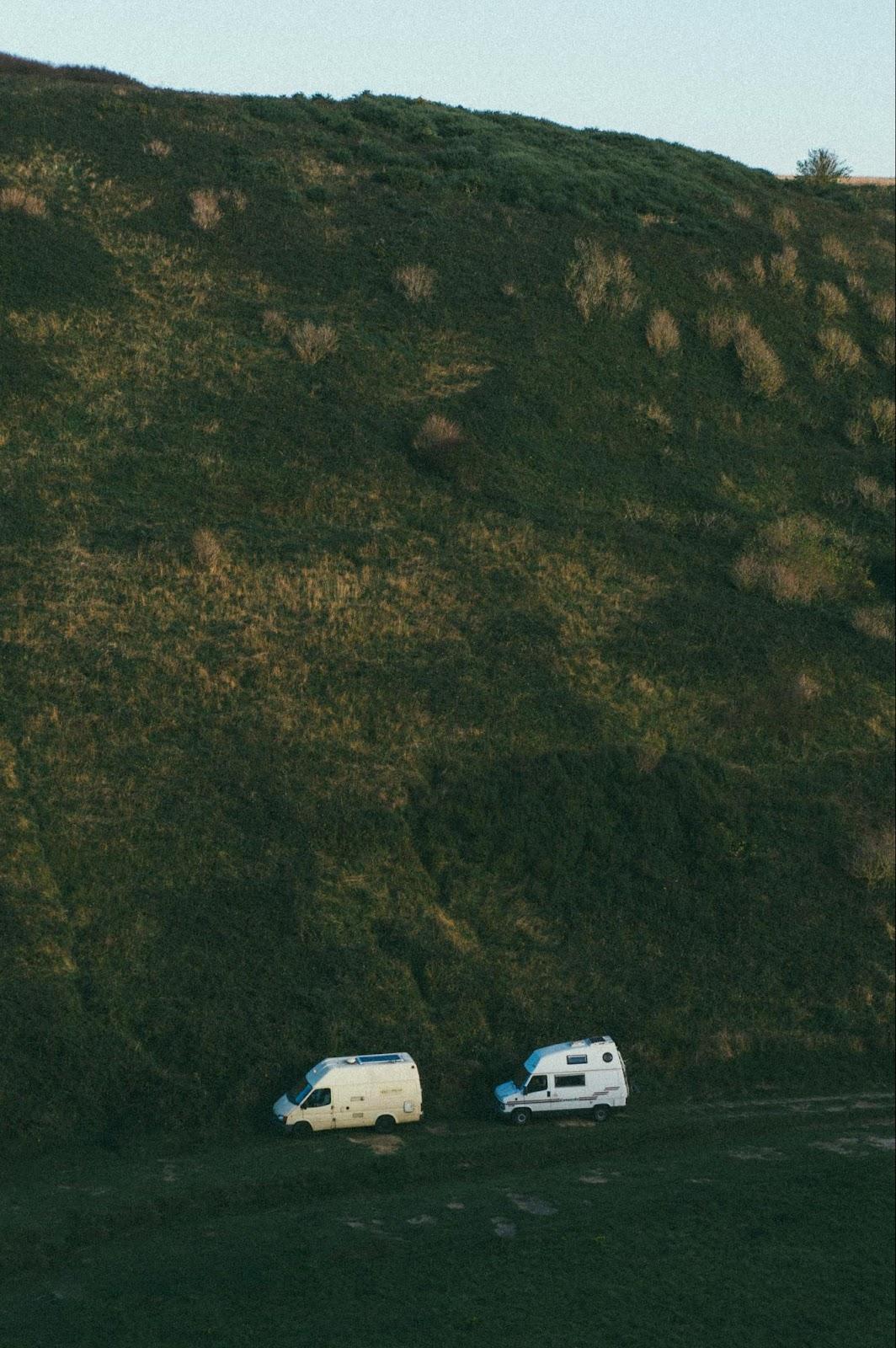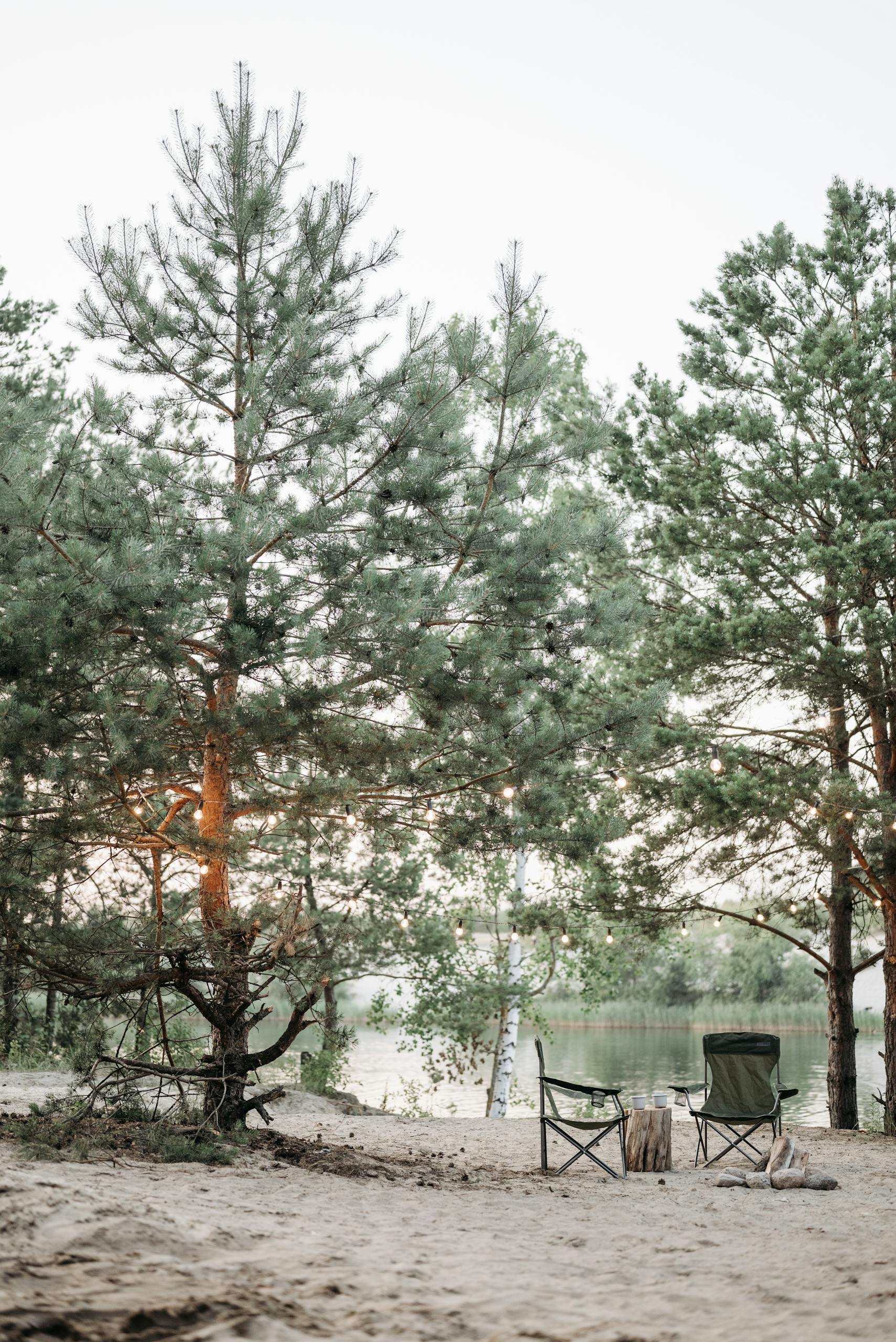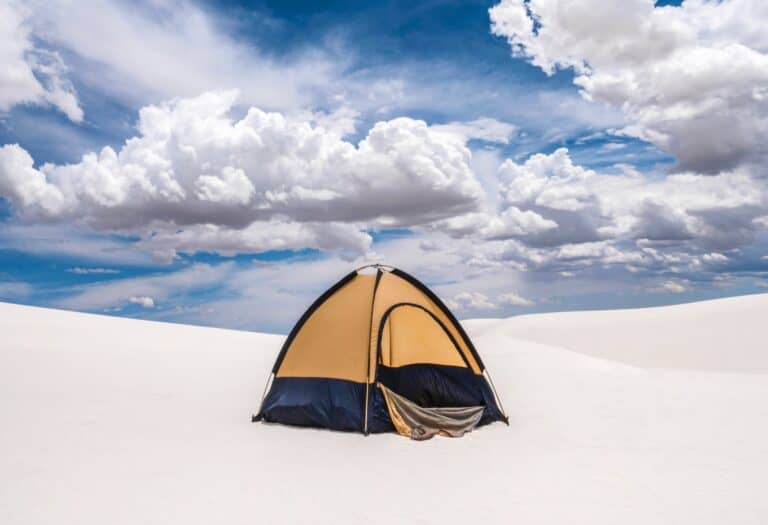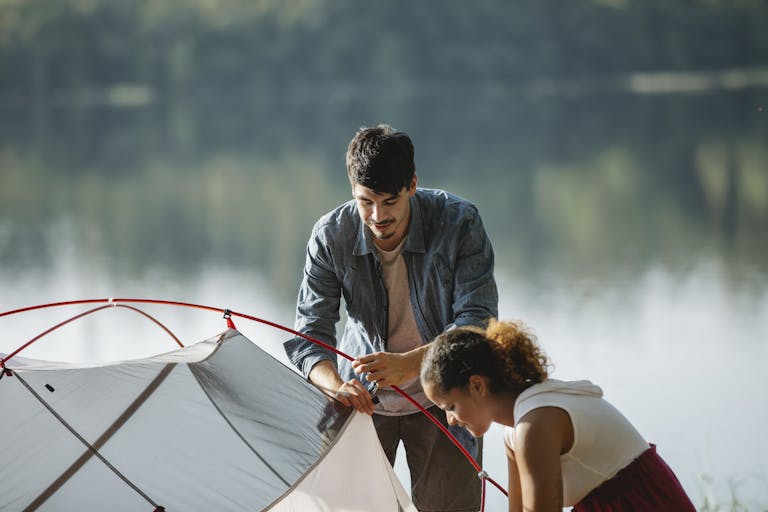How to Find the Best Car Camping Sites
Car camping is a popular way to enjoy the great outdoors. It combines the thrill of camping with the convenience of your vehicle.
But how do you find the best car camping sites? What should you look for in a campground?
These are some of the questions that many campers, both new and experienced, often ask.
In this guide, we’ll help you navigate the world of car camping. We’ll show you how to find the best sites, what to consider when choosing a campground, and how to prepare for your trip.
This article offers valuable tips and insights for both experienced campers and beginners.
 Photo by Tobias Tullius (https://unsplash.com/@tobiastu)
Photo by Tobias Tullius (https://unsplash.com/@tobiastu)
Now buckle up and get ready for an adventure. Let’s explore the world of car camping together.
Remember, the journey is as important as the destination, so let’s enjoy every moment together. Happy camping!
Understanding Car Camping
Car camping is a type of camping that involves using your vehicle as part of your camping setup. It’s not about roughing it in the wilderness, but rather about enjoying nature with some comforts of home.
Your car is your transportation, storage, and sometimes even your shelter. It allows you to bring more gear and supplies than if you were backpacking.
What is Car Camping?
Car camping is near your vehicle, usually within a designated campground. You drive to your campsite and set up your tent next to your car.
This type of camping is different from RV camping or van life. You could live in your car to save money; if you’re not living in your vehicle, you can use it as a base for your camping experience.
Car camping offers a balance between comfort and adventure. It’s a great way to enjoy the outdoors without sacrificing modern conveniences.
Why Choose Car Camping?
There are many reasons why people choose car camping. For one, it’s more accessible for beginners and families with young children.
You won’t need to invest in expensive gear or learn complex survival skills. Extra comforts, like a cooler or an air mattress, are acceptable.
If you are hiking, you can explore more locations by car camping. You’re not limited by how far you can hike. When you are ready to change locations, pack up and drive to the following site.
Preparing for Your Car Camping Adventure
Before you hit the road, prepare for your car camping trip. This involves packing the right gear and ensuring your vehicle is in good condition.
Planning can make your trip more enjoyable and less stressful. It can also help you avoid common camping pitfalls.
Essential Car Camping Gear
When packing for a car camping trip, you’ll need camping essentials, such as a tent, sleeping bags, and cooking equipment.
But car camping also allows you to bring some extra items for comfort. You might want to pack a cooler for food and drinks, chairs, cots, and a camping table.
Remember, car camping is about enjoying nature without giving up all the comforts of home. So feel free to bring those little luxuries that make your trip more enjoyable.
Car Maintenance and Safety Checklist
Before you leave, be sure your car is ready for the journey. Check your tire pressure and oil levels, and make sure your spare tire is in good condition.
It’s also a good idea to pack a basic car safety kit. This should include jumper cables, a tire inflator, and a first aid kit.
Remember, your car is an essential part of your camping experience. Properly preparing it can prevent potential problems later.
Finding Car Camping Sites
Finding the perfect car camping site can be a fun part of the adventure. There are thousands of campgrounds across the United States, each with a unique charm.
The key is to find a site that suits your needs and preferences. This could be a secluded spot in the woods, a site with stunning views, or a campground with plenty of amenities.
Using Online Resources and Apps
Many online resources and apps can help you find the best car camping sites. These tools provide valuable information, including location, amenities, and reviews.

Here are a few popular options:
- Recreation.gov: This website allows you to search for and reserve campsites in national parks, forests, and other federal lands.
- Campendium: This app provides detailed reviews and photos of campgrounds across the U.S.
- Hipcamp: This app offers many camping options, from traditional campsites to unique private lands.
Remember, the best site for you depends on your personal preferences and camping style. So take the time to explore different options and find a site that feels right for you.
Reading Reviews and Checking Ratings
Reading reviews and checking ratings can give you a better idea of what to expect from a campground. Reviews can provide insights into how clean previous campers found the facilities, the friendliness of the staff, and the overall camping experience.
Here are a few things to look for in reviews:
- Cleanliness: Are the bathrooms and showers clean? Is the campground well-maintained?
- Amenities: Does the campground have amenities you need, like water, electricity, or Wi-Fi?
- Location: Is the campground in a good location? Is it close to attractions or activities you’re interested in?
Remember, everyone’s camping experience is different. So take reviews with a grain of salt and use them as one of many tools to help you find the perfect car camping site.
 Photo by Jonathan Forage (https://unsplash.com/@jonathanforage)”
Photo by Jonathan Forage (https://unsplash.com/@jonathanforage)”
Evaluating Campgrounds and Sites
Once you’ve found a few potential car camping sites, it’s time to evaluate them. This involves looking at the amenities and facilities, as well as the location and accessibility of the site.
Remember, the best site for you will depend on your personal preferences and camping style. So take the time to consider what’s most important to you.
Amenities and Facilities to Look For
When evaluating a car camping site, consider the amenities and facilities it offers. These can significantly impact your camping experience.
For example, if you plan to cook your meals, you’ll want a site with a fire pit or grill. If you’re camping with kids, a site with a playground or swimming pool might be a good choice.
Also, consider the facilities. Are the bathrooms and showers clean? Is there a place to wash dishes? Is there a dump station for RVs? These are all things to consider when choosing a car camping site.
Location and Accessibility
Another critical factor to consider is the location of the car camping site. You’ll want a site close to the activities and attractions you’re interested in.
For example, if you plan to hike, look for a site near hiking trails. If you’re interested in fishing, a site near a lake or river might be a good choice.
Also, consider the site’s accessibility. Is it easy to get to? Is the road well-maintained? Is the site suitable for your vehicle? These are all things to consider when choosing a car camping site.
 Photo by Caleb Jones (https://unsplash.com/@gcalebjones)”
Photo by Caleb Jones (https://unsplash.com/@gcalebjones)”
Making Reservations and Understanding Fees
Once you’ve found the perfect car camping site, it’s time to make a reservation. This process can vary depending on the campground, so it’s essential to do your research.
Understanding the fees associated with car camping is also crucial. This can help you budget for your trip and avoid any unexpected costs.
How to Book Your Car Camping Site
Most campgrounds allow you to book a site online. This is the easiest and most convenient way to secure your spot.
However, some campgrounds may require you to call or email to make a reservation. Always check the campground’s website or contact them directly for the most accurate information.
Campsite Fees and Budgeting Tips
Campsite fees vary widely depending on the location, amenities, and time of year. Always check the fees before making a reservation to avoid any surprises.
To save money, consider camping during the off-peak season or at less popular campgrounds. Also, remember to budget for other costs, such as food, gas, and camping gear.
Car Camping Safety and Etiquette
Car camping is a fun and rewarding experience but comes with responsibilities. Safety should always be your top priority, and you should respect the campground and its community.
Understanding how to interact with wildlife and follow the Leave No Trace principles can help ensure a safe and enjoyable camping experience. Additionally, knowing the basic rules of campground etiquette can make your stay more pleasant for everyone involved.
Wildlife Precautions and Leave No Trace Principles
When car camping, you’re likely to encounter wildlife. Always keep a safe distance and never feed the animals. This protects both you and the wildlife.
The Leave No Trace principles are a set of guidelines designed to minimize one’s impact on the environment. They include properly disposing of waste, respecting wildlife, and leaving what one finds.
By following these principles, you can help preserve the natural beauty of the campground for future visitors.
Campground Etiquette and Community
Campgrounds are shared spaces, and it’s essential to respect other campers. This includes keeping noise levels down, especially during quiet hours, and cleaning up after yourself.
Remember, you’re part of a community when at a campground. Be friendly, offer help when needed, and always respect the campground’s rules and regulations.
By following these guidelines, you can ensure a positive camping experience for yourself and others.
Conclusion and Next Steps
Car camping offers a unique opportunity to connect with nature while enjoying the comforts of your vehicle. With the proper preparation and knowledge, you can find the perfect car camping site that suits your needs and preferences.
Remember, the journey doesn’t end here. Continue to explore new campgrounds, learn from each experience, and share your knowledge with the camping community. Happy camping!





